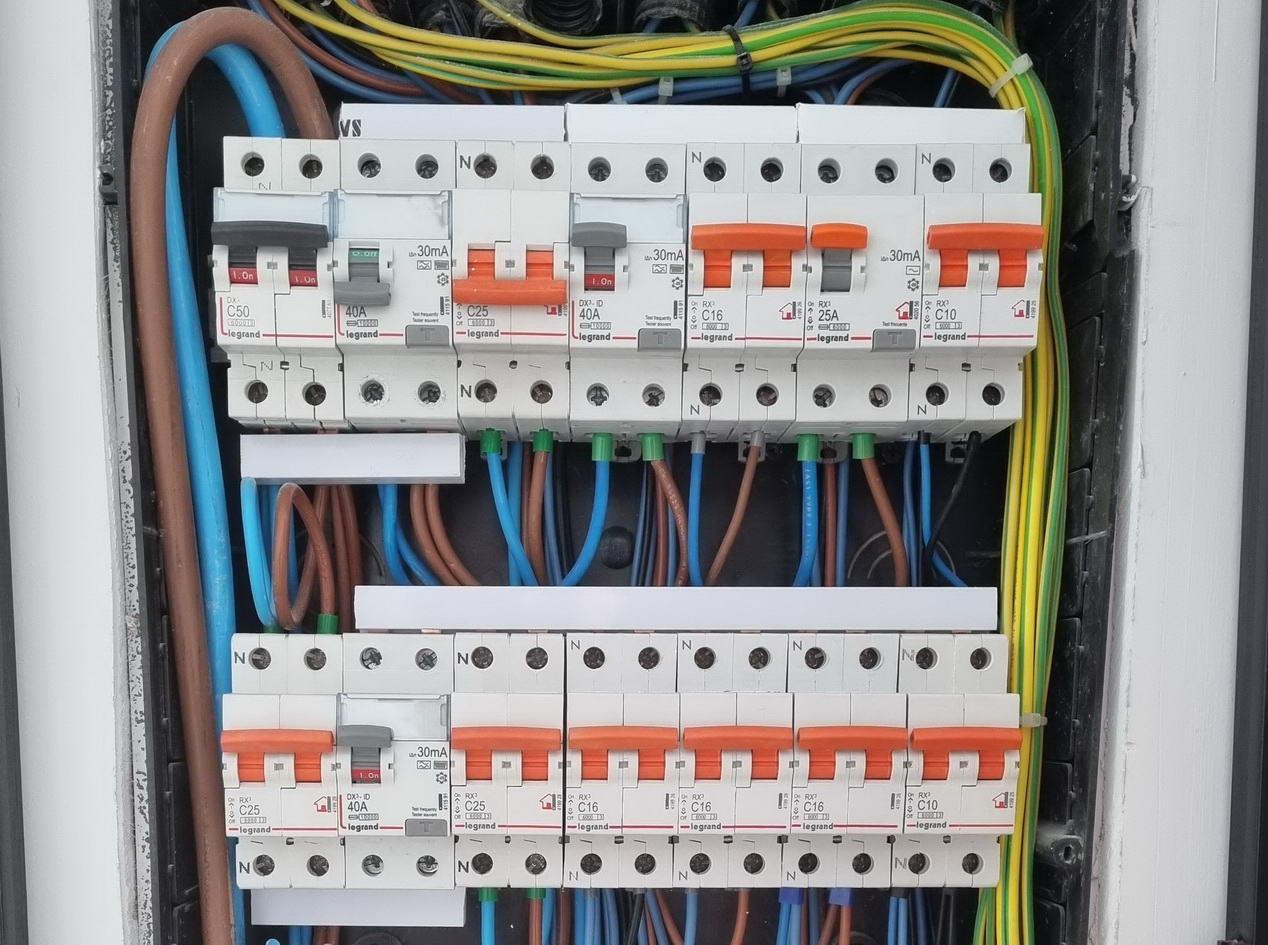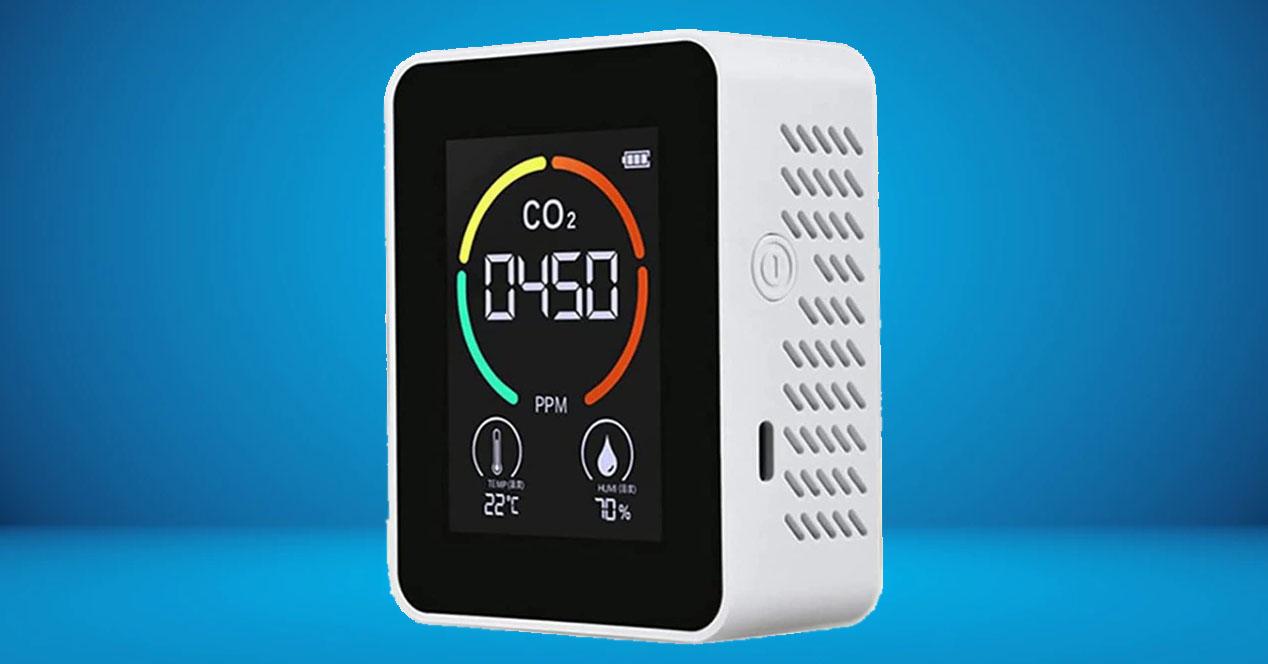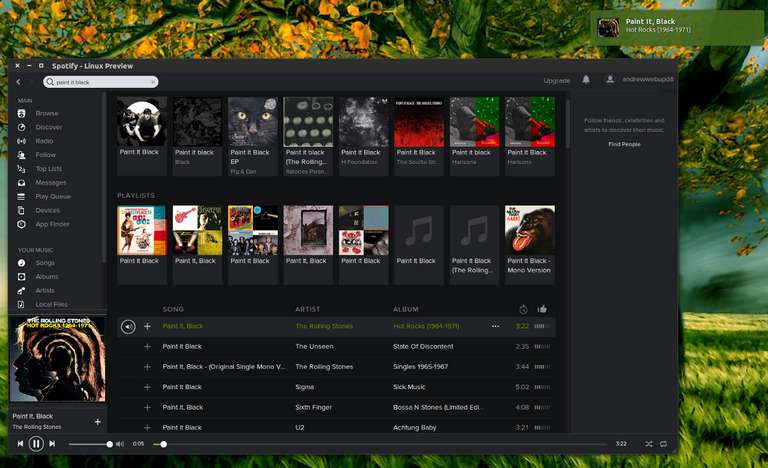
PLC devices or also known as Powerline, are one of the most interesting devices to bring the Internet connection to any place in our home. While in older houses we don’t have Ethernet network sockets, we do have sockets in every room. PLCs are the ideal solution if you have a very large house, with thick walls and where WiFi coverage dims quickly. Do PLCs work better in new electrical installations? Or on the contrary, do they work better in old installations? Today in RedesZone we are going to talk about it.
Basic operation of PLCs
The basic operation of PLCs is quite simple, whenever we buy one of these devices they are sold in packs of at least 2. We must connect one of these PLCs to a plug near the router, and connect an Ethernet network cable from our router to said PLC, to provide a connection to the local network. In the second PLC (supplementary), we have to connect it to any socket in our home where we want to have a connection, both via an Ethernet network cable and also via WiFi if it has an integrated access point.
The main connection recommendations These types of devices are:
- Never connect any of them to a UPS, they will not synchronize between them.
- Move it as far away as possible from appliances that consume a lot of energy, such as ovens, microwaves or ceramic hobs. When these appliances are in operation, we will surely notice a decrease in the speed of synchronization and real, in addition, we may have random cuts.
- Do not connect it to a power strip, it should always go directly to the wall outlet.
Following these recommendations, you should get good speeds through the electrical network, however, you also have to take into account when the electrical installation was made and how it is designed.
Electrical installations in houses
Over time, the electrical installations of houses have gone from being quite simple, with very few components, to being more complex and with more components in the general electrical panel. For example, we have gone from having an Automatic General Switch (IGA), a Differential Switch (ID) and about 5 circuit breakers for the entire house installation to having many more components, such as the IGA, several Automatics and ID and between 5 and 12 circuit breakers for each line installed. In addition, it is possible that we also have Superimmunized Differential Switches installed instead of the normal ones, and even a transient and permanent overvoltage limiter can also be installed to further protect the electrical installation.
Contrary to what we might think at first, PLCs work better in old electrical installations, because the signal does not have to go through so many differentials in the electrical panel. It does not mean that some PLCs in a new installation do not work, but rather that the synchronization speed is clearly lower than the same PLCs in a much older installation with a smaller electrical panel where there is only one differential. By having a lower sync speed, the actual speed will also be much lower in comparison. For this reason, if you test the same PLC devices in different houses with similar conditions, in houses with a basic electrical panel they will work better than in houses with an electrical panel with so many components.
If you have an electrical panel with several differentials in your house, the PLCs will work better if they only have to go through one differential, that is, if you connect the PLCs on the same line. If you connect a PLC on different lines, you will lose a lot of speed.



